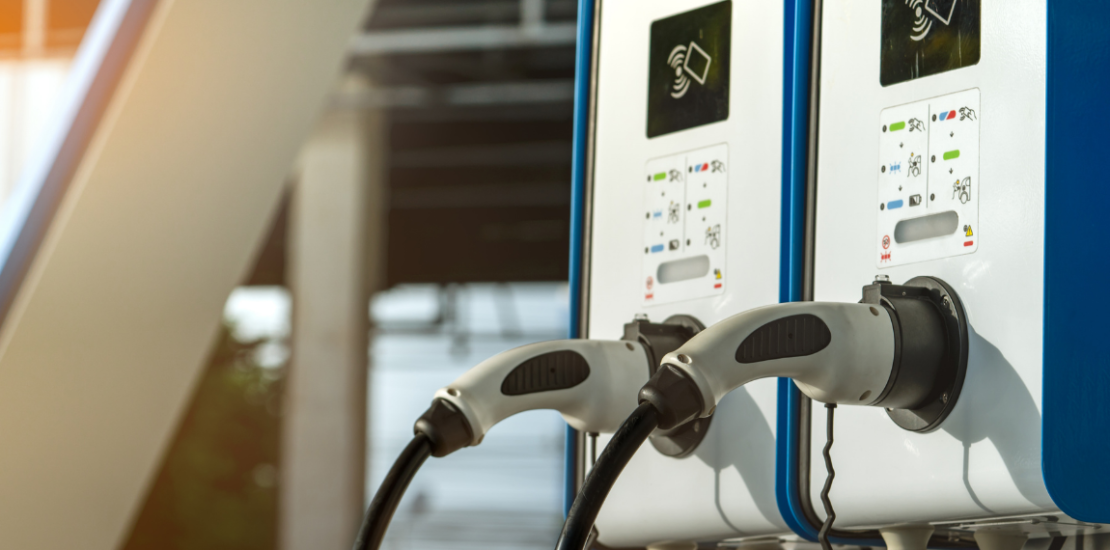29 March, 2022
Posted by: Jorge Platero
Category: Faconauto News

To achieve this goal, according to ACEA, an investment of 280,000 million euros in recharging infrastructure is necessary by 2030.
The electrification in the automobile, it advances pressured by the environmental objectives set by international organizations. However, there are still important barriers that stop the citizen in this transition. One of them is the lack of charging points. In this sense, the ACEA warns that if the planned C02 reduction commitments are to be fulfilled, 14,000 weekly recharging points must be installed in the European Union.
The organization points out that this effort requires an investment close to 280,000 million euros until 2030. Currently, barely 2,000 new charging points are installed per week in the European Union, 12,000 less than necessary. Thus, it is estimated that up to 6.8 million public charging points would be needed throughout the EU in 2030 to account for the 55% reduction in CO2 emissions from passenger cars.
This figure is almost double that presented by the European Commission in its proposal for an Alternative Fuels Infrastructure Regulation (AFIR). The study estimates that the annual costs of public charging infrastructure amount to 8,000 million euros, around 16% of the investment in 5G networks and high-speed Internet.
The challenges of trucks and buses
But not all segments have the same needs. From ACEA they point out that trucks will need at least 279,000 recharging points by 2030. In addition, they emphasize the importance of the location. These, in 84% of cases, must be located in fleet centers. The rest along the road. Nearly 9,000 will need to be nightly recharged to enable overnight supply.
On the other hand, in the case of buses, a total of 56,000 recharging points will be needed by 2030, of which 92% will be in the fleet centers. The other 4,000 charging points should enable off-road fast charging, especially for regional buses and coaches.
share…
